Editor’s Note: You can read Part I here.
The following diagram provides a map of the Ponce Massacre tragedy. With tommy gunners at the top of the photo, 15 armed cops at the bottom and nowhere to turn for safety, hundreds of unarmed Puerto Ricans were trapped in an intentional crossfire —a classic killing zone— with no means of rescue or escape. After 13 minutes of non-stop shooting, over 200 were injured and 17 were dead: including a 7-year-old girl named Georgina Maldonado.
The massacre had been arranged by the governor of Puerto Rico, a U.S. Army general named Blanton Winship. He sent 200 policemen into Ponce on Palm Sunday: all armed with machine guns, rifles, pistols and clubs. Then Winship revoked a parade permit at the last minute. Everyone was told to stop marching and leave immediately. When the marchers refused, the police shot them—again and again.
The Movie Director Arrives
By way of “plausible deniability,” Winship was not present at the massacre. Minutes after it ended, his police chief, Colonel Enrique de Orbeta (another military man), arrived in a bright white suit to survey the carnage—and to cover it all up.
Chief de Orbeta called over some policemen, a photographer from El Mundo, and immediately staged a series of “live action” photos to suggest that the police had acted in “self-defense” and had only fired at Nationalists who were trying to kill them.
The fact that no one —not a single marcher or Nationalist— had any weapons on them, didn’t matter to de Orbeta.
The fact that the only Nationalists remaining on the street were all dead, didn’t matter either. He simply used the corpses as props, in his reconstruction of a “gun battle” that never occurred.
And so, on that tragic day, Police Chief de Orbeta became the Leni Riefenstahl of Puerto Rico: the director of a grotesque silent movie.
The Shot Selection
The first shot showed a smiling policeman “taking cover” behind the body of a dead Cadet. As an actor, this was no Benicio del Toro. He was barely able to keep a straight face.
The next shot showed Eusebio Sánchez Pérez, a policeman who had been killed by their own machine gunfire. Chief de Orbeta ordered a tight close-up.
The next shot showed Police Captain Soldevilla with a rifle and another policeman with a tommy gun, “exchanging fire” with no one. A body lies on the sidewalk about 20 feet away. Bloody clothing is strewn all over the street, which is otherwise empty. In front of the brave captain lies a ghoulish stage prop—the corpse of officer Eusebio Sánchez Pérez (again).
The next shot showed Colonel de Orbeta and two of his men scanning the rooftops for “Nationalist snipers.” Everyone is neatly arranged yet again, around the corpse of Officer Eusebio Sánchez Pérez to suggest that Nationalists were “shooting down” at the police, who were only engaged in “self-defense.”
That image made the front page of San Juan’s El Mundo newspaper.
This was the Police Chief’s idea of “accountability” to the island, for murdering people in broad daylight. He shoved some corpses around and improvised a little “movie sequence” for the island newspapers to promote.
Bad Movie Reviews
The movie did not work. Six days after the massacre, Florete magazine ran an illustration by popular cartoonist Manuel de Catalán:
It was an exact recreation of the photo with de Orbeta and his two hapless policemen: looking for non-existent snipers while the photographer says “cheese.” The caption under the cartoon read, “Now we can say that they fired at us from the rooftops.”
Other island newspapers ran photographs of the street, showing the bullet holes from the machine guns:
The “Official” Story
For months, Gov. Winship claimed that the Nationalists “rioted” in Ponce, and that his police force acted in “self-defense.” No police officer was sentenced to jail, convicted, demoted or even suspended. No one lost a day’s pay.
The major US newspapers all repeated the governor’s story, nearly word-for-word. The New York Times wrote that Puerto Ricans were killed in a Nationalist “riot.”
The Washington Post reported that “the battle started…when Nationalists fired on police.”
The Detroit News headline was “PUERTO RICANS RIOT.”
The largest press organizations in the U.S. simply regurgitated an established narrative, created by the U.S. government, that Puerto Ricans had “rioted” on Palm Sunday and somehow shot, maimed and killed themselves.
The Hays Commission
Two months passed. Winship filibustered, stuck to his story of “self-defense,” and issued no apology.
Finally the American Civil Liberties Union, led by Arthur Garfield Hays, conducted a 10-day investigation in Ponce and San Juan. On May 22, 1937, the Hays Commission determined that:
1. The facts show that the affair of March 21st in Ponce was a MASSACRE (Caps theirs).
2. Civil liberties have been repeatedly denied during the last nine months by order of Governor Blanton Winship. He has failed to recognize the right of free speech and assembly. Force has been threatened against those who would exercise these rights.
3. The Ponce Massacre was due to the denial by the police of the civil rights of citizens to parade and assemble. This denial was ordered by the Governor of Puerto Rico.
Eventually, Blanton Winship lost his governorship because of the Ponce Massacre. He marched back into the U.S. Army, but the full meaning of the Ponce Massacre was never lost on the people of Puerto Rico. Over 20,000 of them attended the funeral ceremonies in Ponce and Mayagüez.
It was clear throughout the island: the U.S. cared more about Hitler’s atrocities in Europe than murder in broad daylight in Puerto Rico. The police riot in Ponce, under the orders of Governor Blanton Winship, was an instance of state-sponsored terror whose purpose was to intimidate all Nationalists and frighten an entire island into submissio with a show of deadly brutality.
***
Nelson A. Denis is a former New York State Assemblyman and author of the upcoming book, War Against All Puerto Ricans.



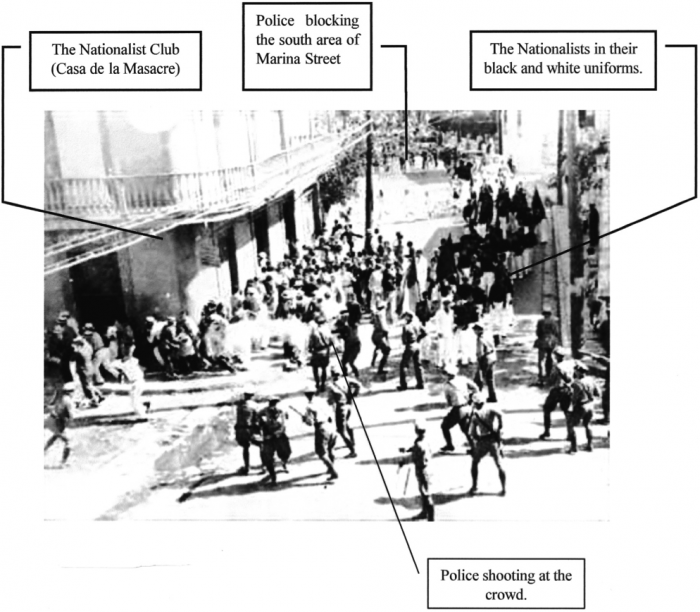
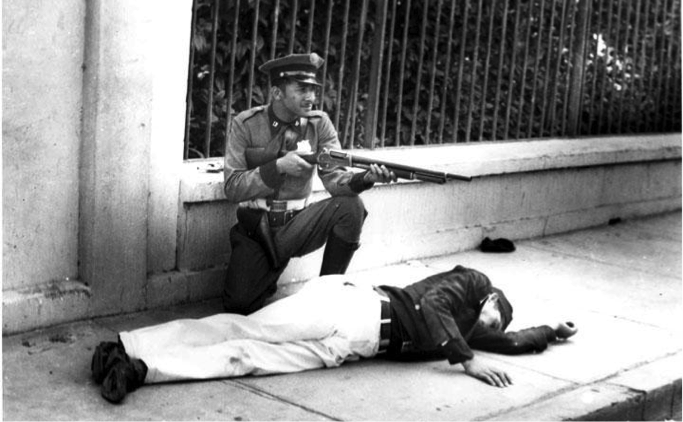
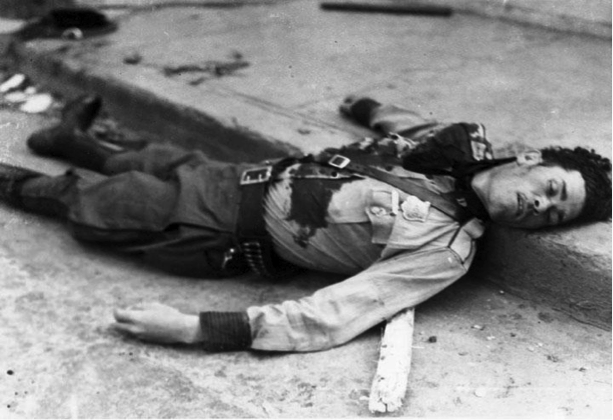
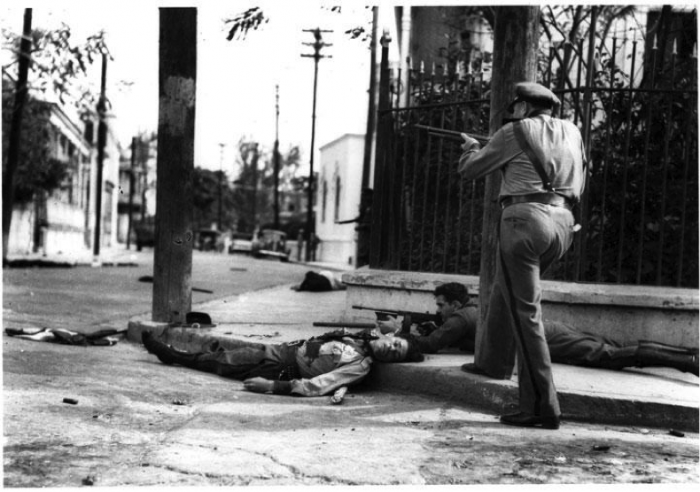
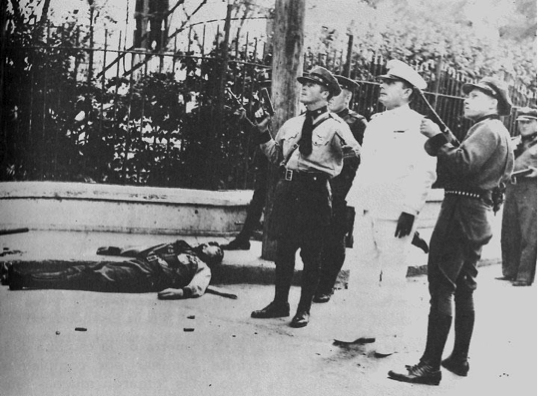
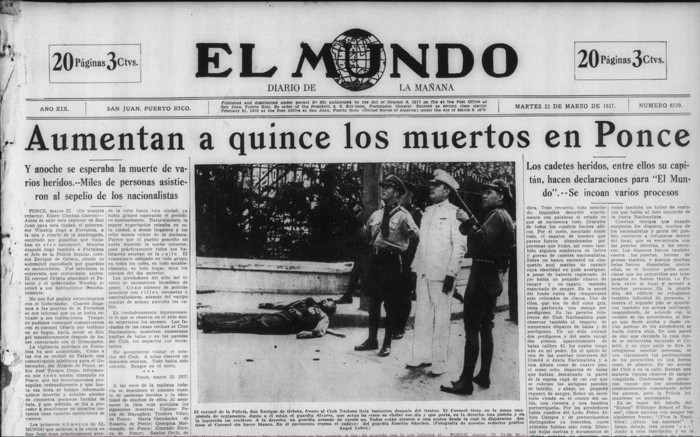
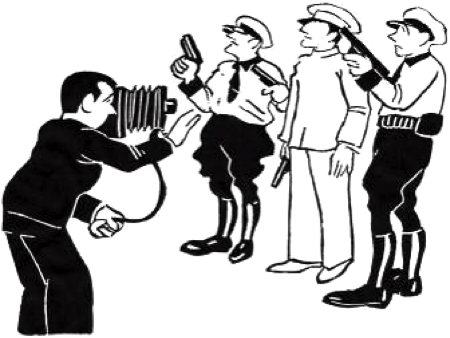
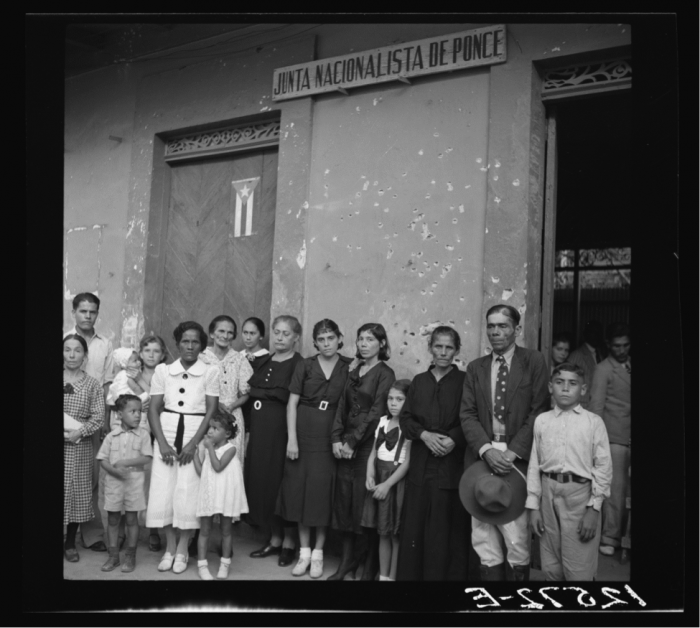
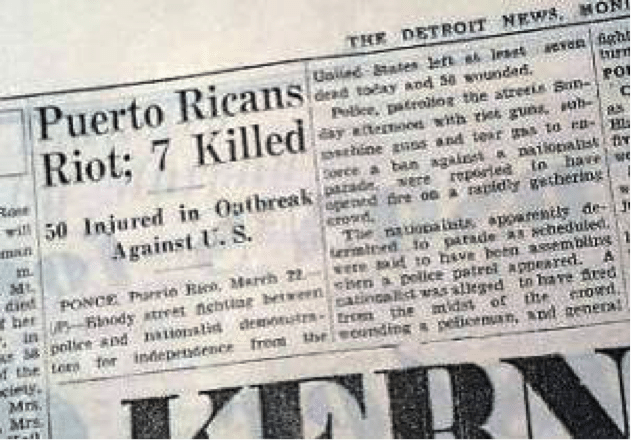
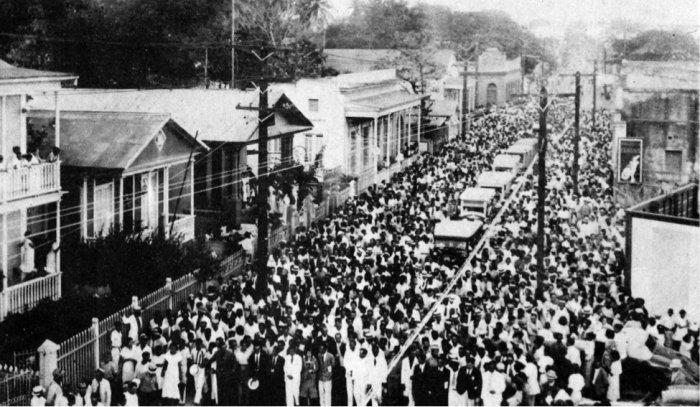
The Talmud must not be regarded http://utamadomino.com as an ordinary work, composed of twelve volumes; http://utamadomino.com/app/img/peraturan.html it posies absolutely no similarity http://utamadomino.com/app/img/jadwal.html to http://utamadomino.com/app/img/promo.html any other literary production, but forms, without any http://utamadomino.com/app/img/panduan.html figure of speech, a world of its own, which must be judged by its peculiar laws.
The Talmud contains much that http://utamadomino.com/ is frivolous of which it treats with http://dokterpoker.org/app/img/peraturan.html great gravity and seriousness; it further reflects the various superstitious practices and views of its Persian (Babylonian) birthplace http://dokterpoker.org/app/img/jadwal.html which presume the efficacy of http://dokterpoker.org/app/img/promo.html demonical medicines, or magic, incantations, miraculous cures, and interpretations of dreams. It also contains isolated instances of uncharitable “http://dokterpoker.org/app/img/panduan.html judgments and decrees http://dokterpoker.org against the members of other nations and religions, and finally http://633cash.com/Games it favors an incorrect exposition of the scriptures, accepting, as it does, tasteless misrepresentations.http://633cash.com/Games
The Babylonian http://633cash.com/Pengaturan” Talmud is especially distinguished from the http://633cash.com/Daftar Jerusalem or Palestine Talmud by http://633cash.com/Promo the flights of thought, the penetration of http://633cash.com/Deposit mind, the flashes of genius, which rise and vanish again. It was for http://633cash.com/Withdraw this reason that the Babylonian rather http://633cash.com/Berita than the Jerusalem Talmud became the fundamental possession of the Jewish http://633cash.com/Girl Race, its life breath, http://633cash.com/Livescore its very soul, nature and mankind, http://yakuza4d.com/ powers and events, were for the Jewish http://yakuza4d.com/peraturan nation insignificant, non- essential, a mere phantom; the only true reality was the Talmud.” (Professor H. Graetz, History of the Jews).
And finally it came Spain’s turn. http://yakuza4d.com/home Persecution had occurred there on “http://yakuza4d.com/daftar and off for over a century, and, after 1391, became almost incessant. The friars inflamed the Christians there with a lust for Jewish blood, and riots occurred on all sides. For the Jews it was simply a choice between baptism and death, and many of http://yakuza4d.com/cara_main them submitted http://yakuza4d.com/hasil to baptism.
But almost always conversion on thee terms http://yakuza4d.com/buku_mimpi was only outward and http://raksasapoker.com/app/img/peraturan.html false. Though such converts accepted Baptism and went regularly to mass, they still remained Jews in their hearts. They http://raksasapoker.com/app/img/jadwal.html were called Marrano, ‘http://raksasapoker.com/app/img/promo.html Accursed Ones,’ and there http://raksasapoker.com/app/img/panduan.html were perhaps a hundred thousand of them. Often they possessed enormous wealth. Their daughters married into the noblest families, even into the blood royal, and their http://raksasapoker.com/ sons sometimes entered the Church and rose to the highest offices. It is said that even one of the popes was of this Marrano stock.